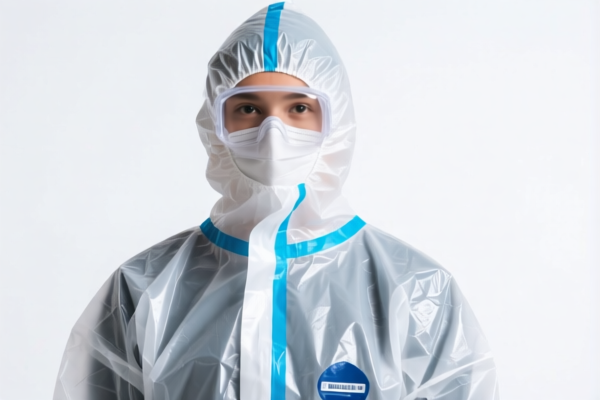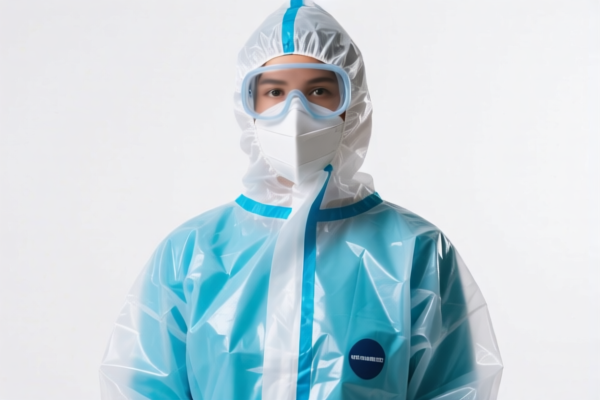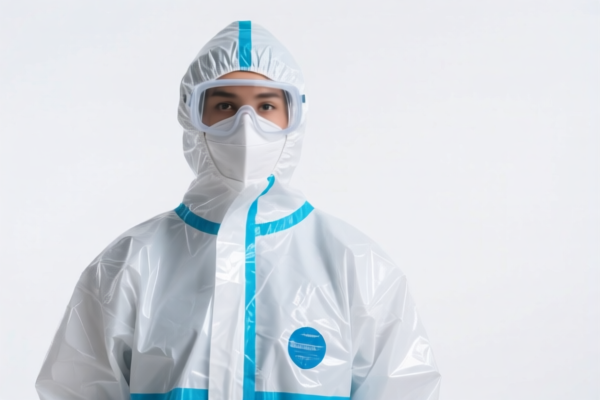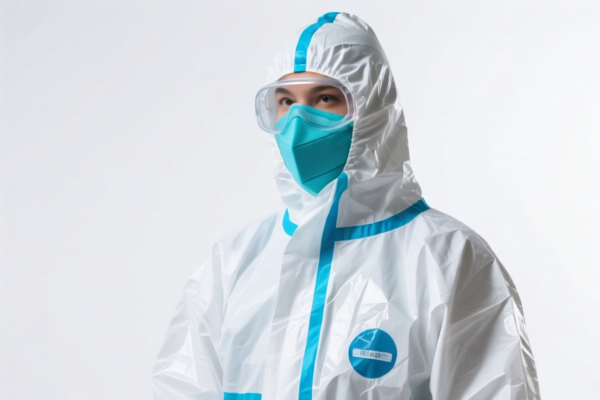| HS Code | Official Doc | Tariff Rate | Origin | Destination | Effective Date |
|---|---|---|---|---|---|
| 6114909070 | Doc | 35.6% | CN | US | 2025-05-12 |
| 6109100004 | Doc | 54.0% | CN | US | 2025-05-12 |
| 6109100027 | Doc | 54.0% | CN | US | 2025-05-12 |
| 6209909000 | Doc | 40.3% | CN | US | 2025-05-12 |
| 6209903040 | Doc | 52.4% | CN | US | 2025-05-12 |
| 6211421088 | Doc | 45.6% | CN | US | 2025-05-12 |
| 6211431088 | Doc | 53.5% | CN | US | 2025-05-12 |
| 3926204010 | Doc | 36.5% | CN | US | 2025-05-12 |
| 3926909950 | Doc | 42.8% | CN | US | 2025-05-12 |
| 3923900080 | Doc | 58.0% | CN | US | 2025-05-12 |




Disposable Safety Pants
Disposable safety pants, also known as disposable undergarments or incontinence pants, are absorbent garments designed for temporary protection against urine and/or fecal leakage. They are primarily constructed from multiple layers of absorbent materials and are intended for single use.
Material Composition:
- Outer Layer: Typically constructed from a polyethylene (PE) film or a breathable nonwoven fabric (like polypropylene). The PE film provides a waterproof barrier, while breathable fabrics offer improved comfort and reduce the risk of skin irritation.
- Absorbent Core: This is the primary functional layer, commonly made from super absorbent polymer (SAP) granules encased within cellulose fluff pulp. SAP absorbs and retains large volumes of fluid, while fluff pulp provides bulk and distribution. Some products incorporate other materials like cotton for enhanced comfort.
- Inner Layer: A soft, nonwoven fabric (often polypropylene or a blend) is used to provide comfort against the skin and facilitate liquid wicking.
- Leg and Waist Elastics: Elasticized materials (typically spandex or rubber) are incorporated to provide a secure and comfortable fit.
- Adhesives: Pressure-sensitive adhesives are used to secure the garment and maintain its shape.
Purpose & Function:
The primary function of disposable safety pants is to manage urinary and/or fecal incontinence. They provide a discreet and hygienic solution for individuals experiencing:
- Urinary Incontinence: Loss of bladder control, ranging from stress incontinence (leakage during physical activity) to urge incontinence (sudden, strong urge to urinate).
- Fecal Incontinence: Loss of bowel control.
- Post-Surgical Recovery: Protection following surgeries affecting the bladder or bowel.
- Mobility Impairments: Assistance for individuals with limited mobility who may have difficulty accessing restrooms.
- Temporary Conditions: Managing incontinence during travel, medical treatments, or other temporary situations.
Usage Scenarios:
- Healthcare Facilities: Hospitals, nursing homes, assisted living facilities.
- Home Use: For individuals managing chronic incontinence or temporary conditions.
- Travel: Providing discreet protection while away from home.
- Postpartum Recovery: Managing urinary incontinence after childbirth.
- Elderly Care: Assisting elderly individuals with age-related incontinence.
Common Types:
- Briefs (Tab-Style): Feature adhesive tabs on either side for fastening. Offer a higher level of absorbency and are suitable for individuals with limited mobility.
- Pull-Up Underwear: Designed to be worn like regular underwear. Offer greater independence and are suitable for individuals with moderate incontinence.
- Booster Pads: Used in conjunction with briefs or pull-up underwear to increase absorbency.
- Shaped Pads: Contoured pads designed for use with mesh pants.
- Swim Diapers: Specifically designed for use in water, featuring a waterproof outer layer and a snug fit to prevent leakage.
- Overnight Diapers: Designed for extended use during sleep, offering maximum absorbency and leakage protection.
Variations also exist based on absorbency level (light, moderate, heavy, overnight), size, and specific features (odor control, wetness indicators).
Disposable safety pants fall under the category of articles of plastics and articles of other materials, specifically clothing accessories.
Here are the relevant HS codes based on the provided reference material:
-
3926204010: This HS code covers Other articles of plastics and articles of other materials of headings 3901 to 3914: Articles of apparel and clothing accessories (including gloves, mittens and mitts): Gloves, mittens and mitts: Other: Disposable.
- 39: Chapter 39 covers plastics and articles thereof.
- 26: Heading 3926 specifically relates to other articles of plastics.
- 20: Subheading 392620 covers articles of apparel and clothing accessories.
- 40: Further specifies gloves, mittens and mitts.
- 10: Indicates "disposable" articles.
-
3926909950: This HS code covers Other articles of plastics and articles of other materials of headings 3901 to 3914: Other: Other Face masks and shields, medical positioning or transport pads, medical waste containers or disinfectant wipes dispensers.
- 39: Chapter 39 covers plastics and articles thereof.
- 26: Heading 3926 specifically relates to other articles of plastics.
- 90: Covers other articles not specifically mentioned.
- 99: Further specifies face masks, medical pads, and related items.
- 50: Indicates other items within this category.
Regarding HS code 3926204010, please note that this code specifically lists "disposable" articles.
Regarding HS code 3926909950, while this code includes a broader range of medical-related items, it may be applicable if the safety pants are used in a medical context (e.g., as protective wear in a clinical setting).
Customer Reviews
No reviews yet.